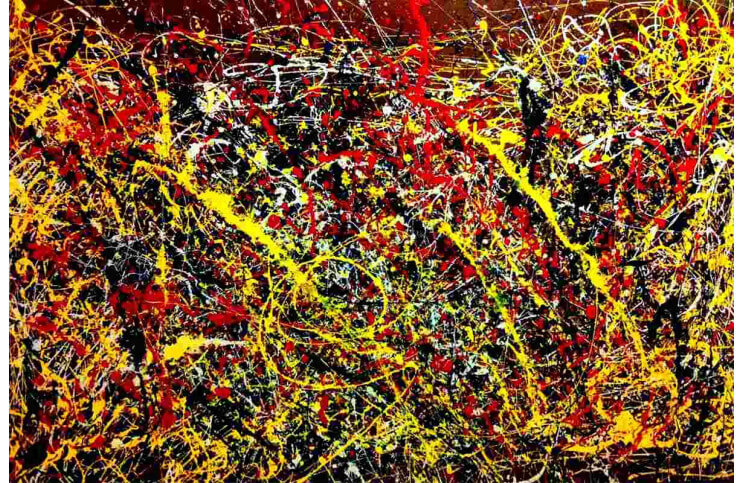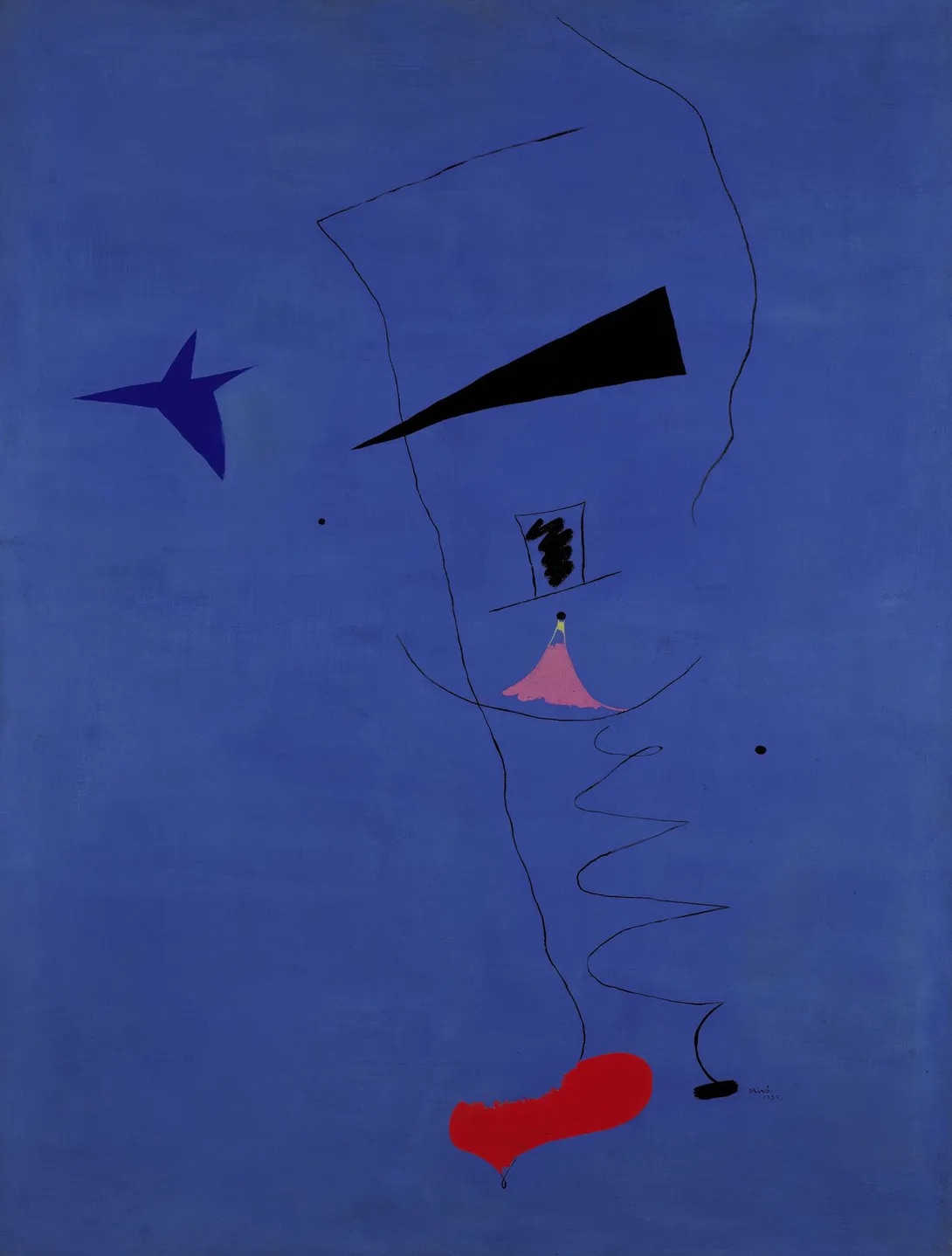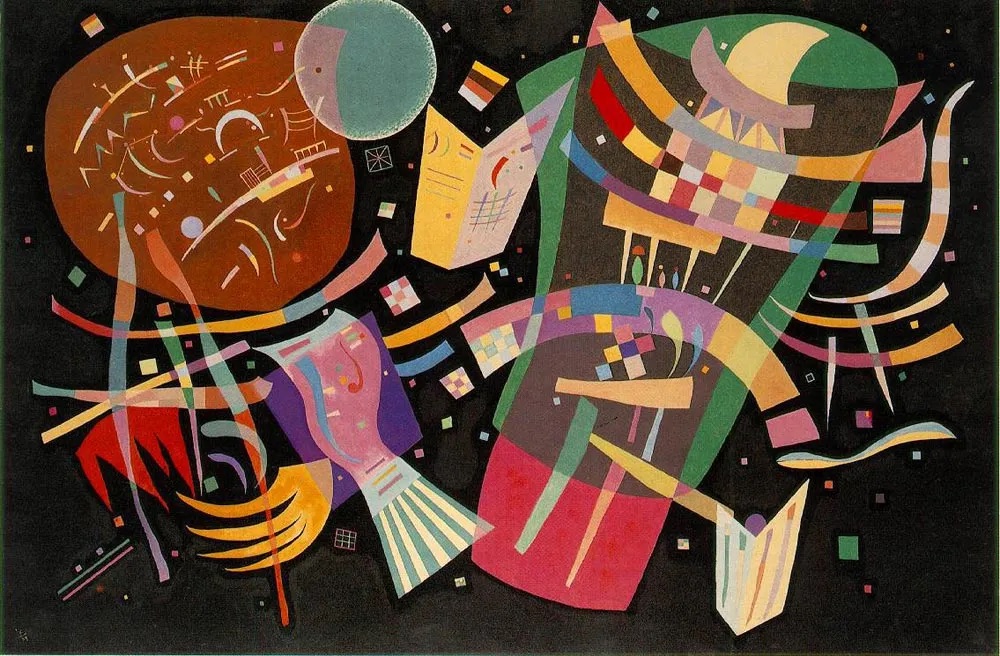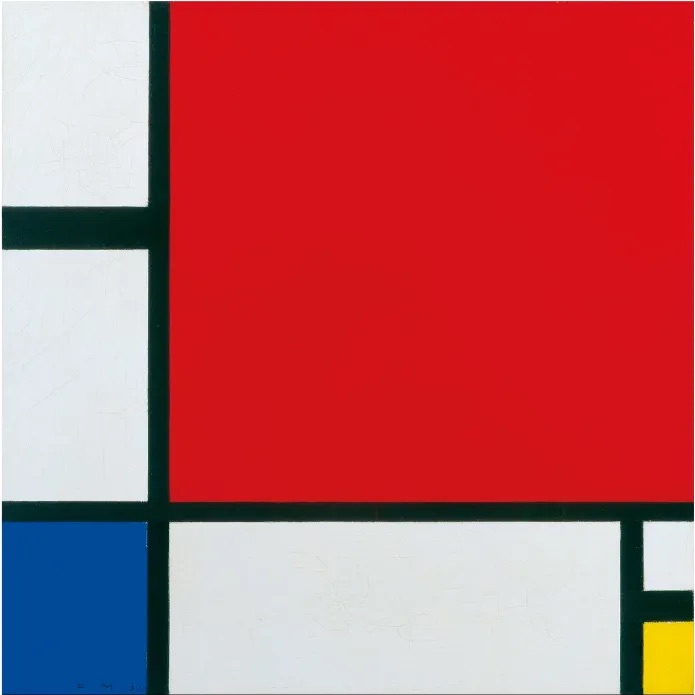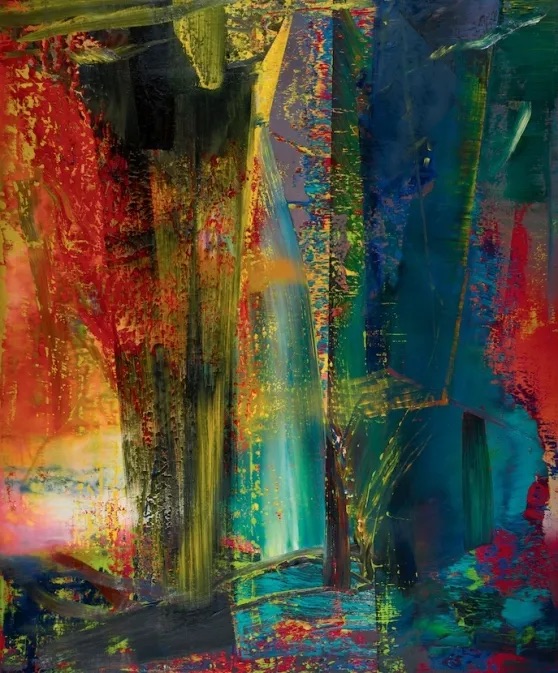Thread
Let's take a look at an art form that would have seemed unimaginable before the late 19th century.
Abstract a 🧵
Abstract a 🧵
Abstract art is a form of visual art that emphasizes the use of color, shape, form, line, and texture in a non-representational or non-objective way.
Unlike representational art, which seeks to depict recognizable objects or scenes, abstract art is concerned with expressing emotions, sensations, and ideas through pure form and color.
The origins of abstract art can be traced back to the late 19th and early 20th centuries, when artists began to experiment with new ways of representing the world around them.
One of the key figures in the development of abstract art was Wassily Kandinsky, a Russian painter who believed that art should be a spiritual experience that transcended the material world.
During the early 20th century, a number of different movements emerged that were concerned with exploring the potential of abstract art. These included Cubism, Futurism, and Expressionism, each of which had its own distinctive approach to abstract art.
One of the defining features of abstract art is its emphasis on form and colour over representational content.
Artists working in this style often use geometric shapes, organic forms, and bold colours to create compositions that are both visually striking and emotionally evocative.
Abstract art has continued to evolve and develop in the decades since its emergence. Today, many artists working in this style are influenced by a range of different traditions, including the minimalist and conceptual art movements of the 1960s and 70s.
Overall, abstract art remains an important and influential form of artistic expression, with a rich history and a vibrant contemporary practice.
